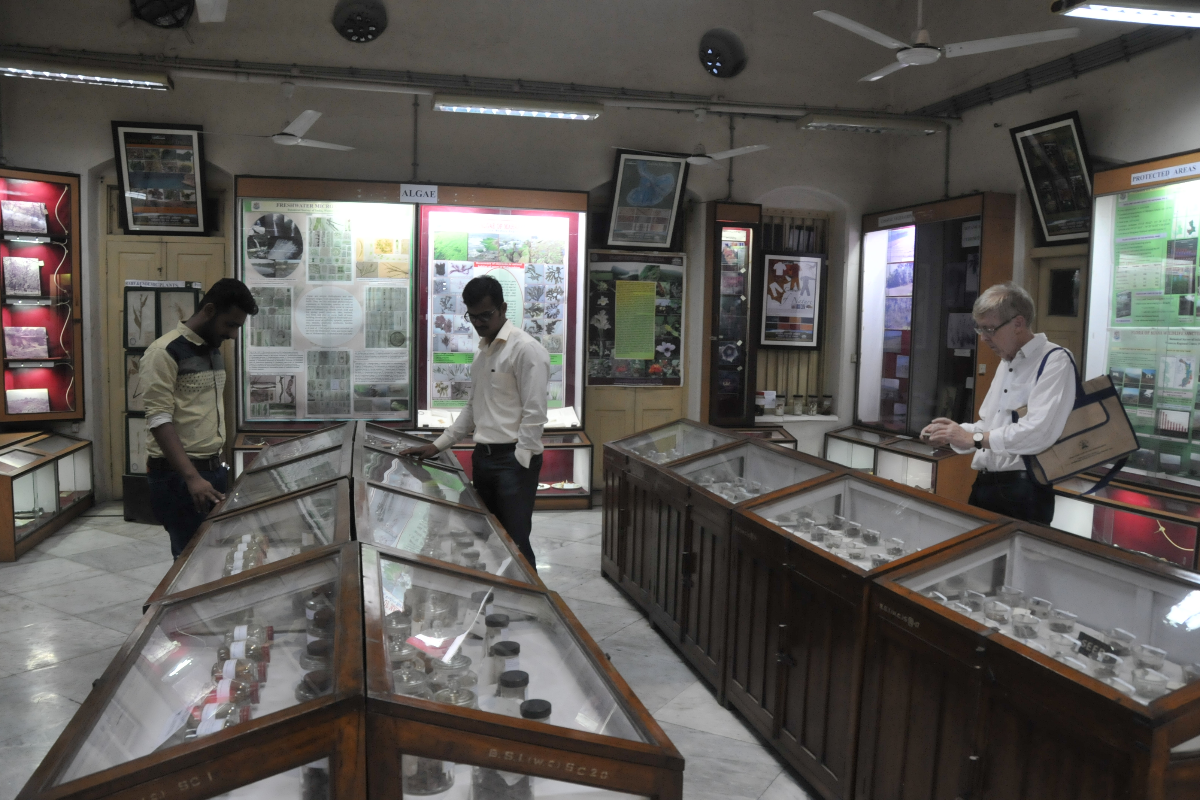Western Regional Centre, Pune
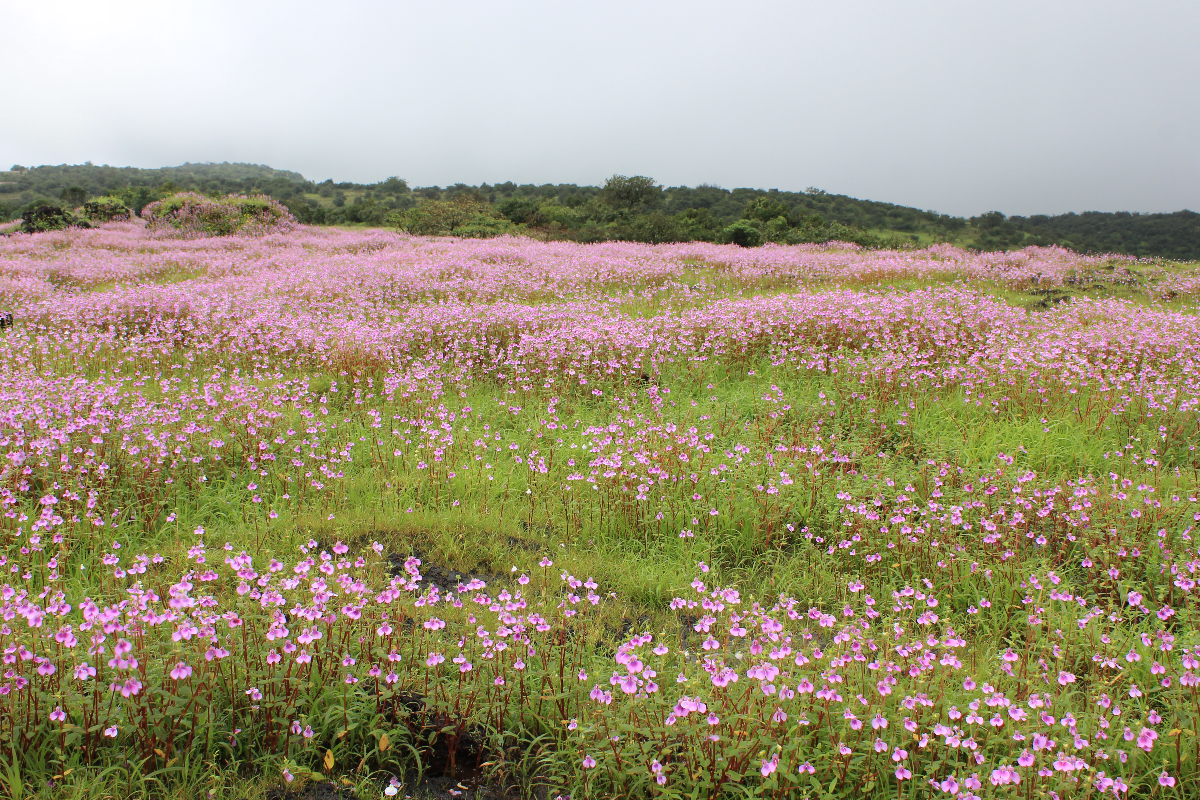

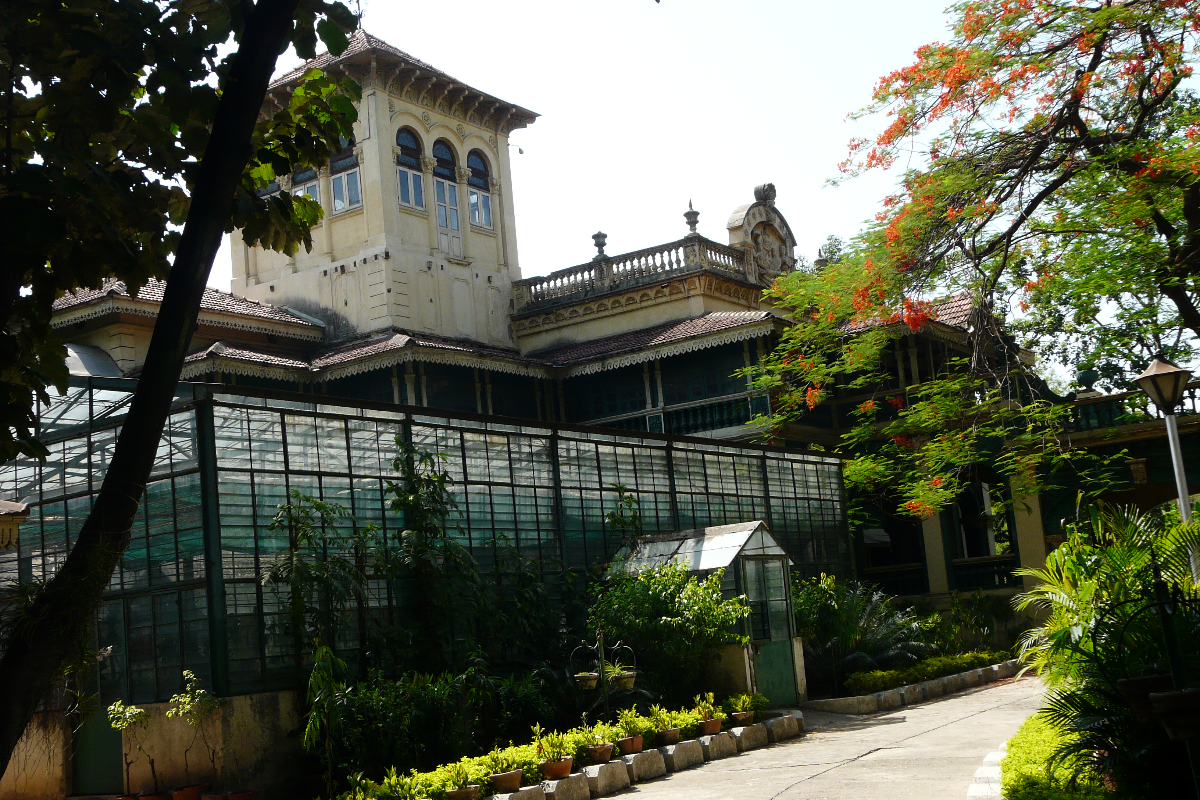
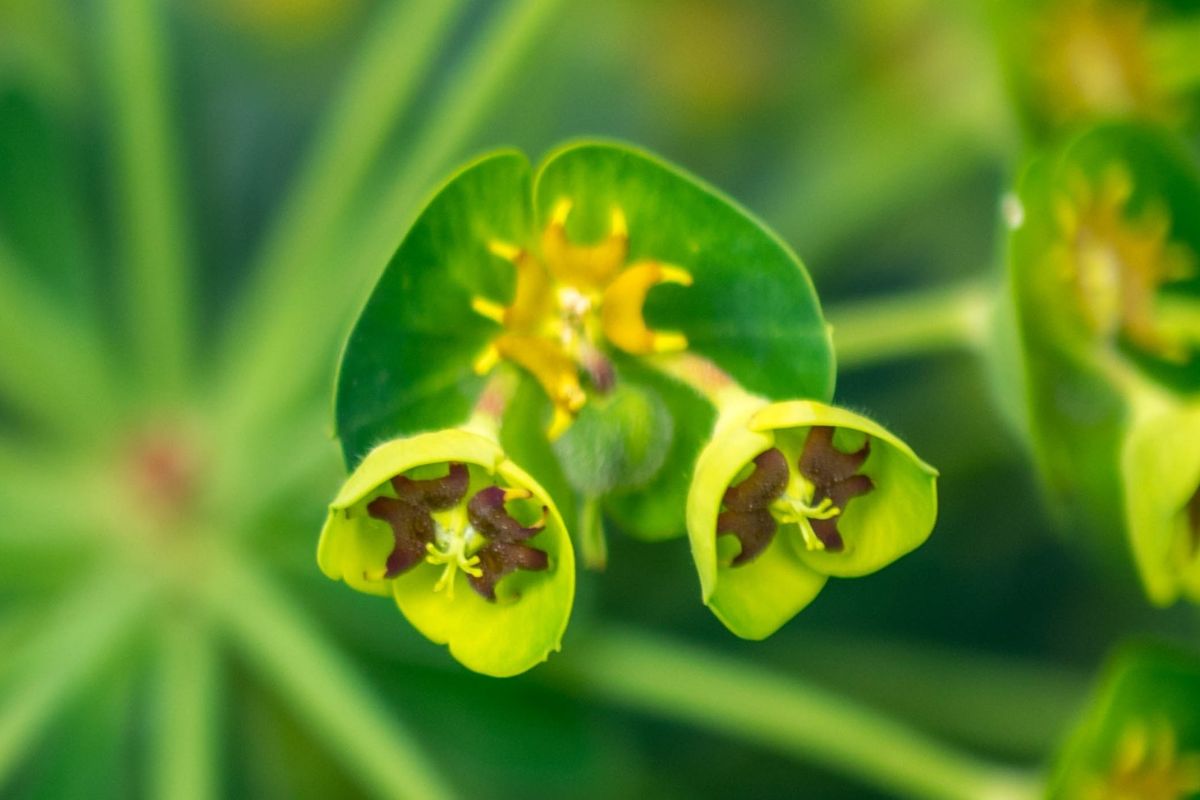
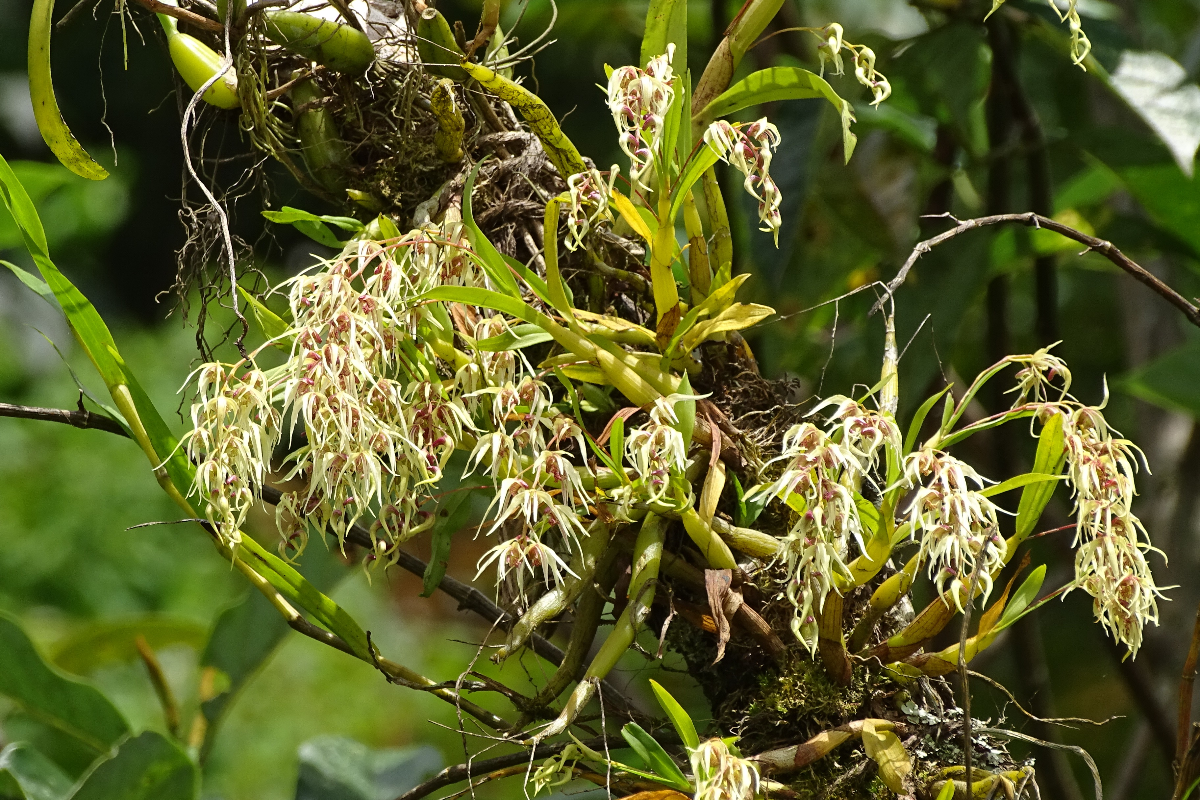
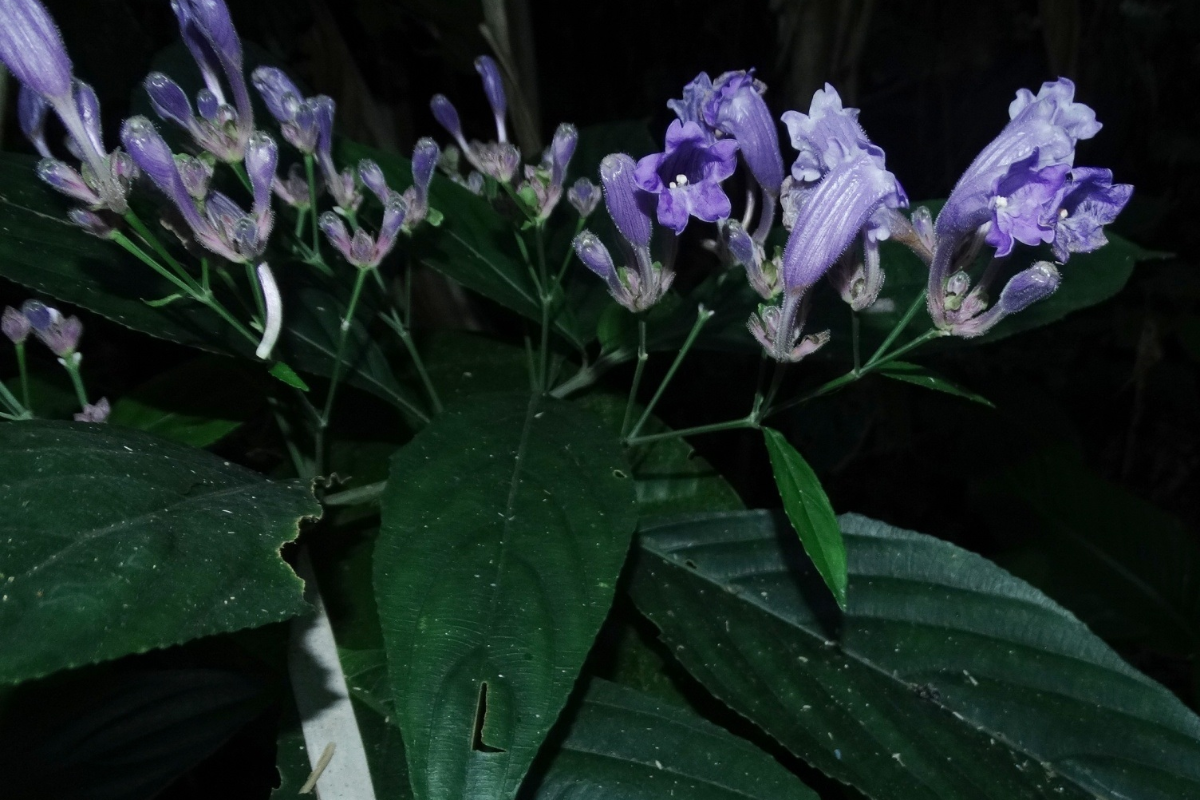
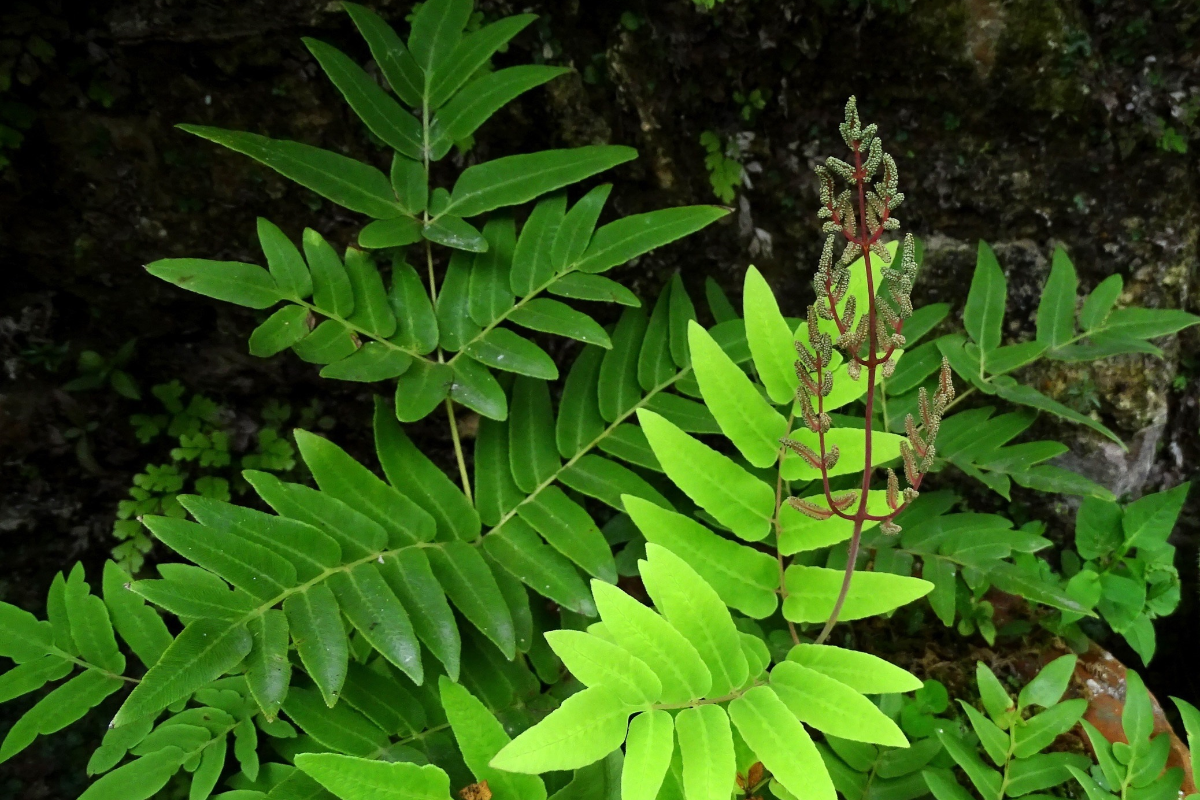
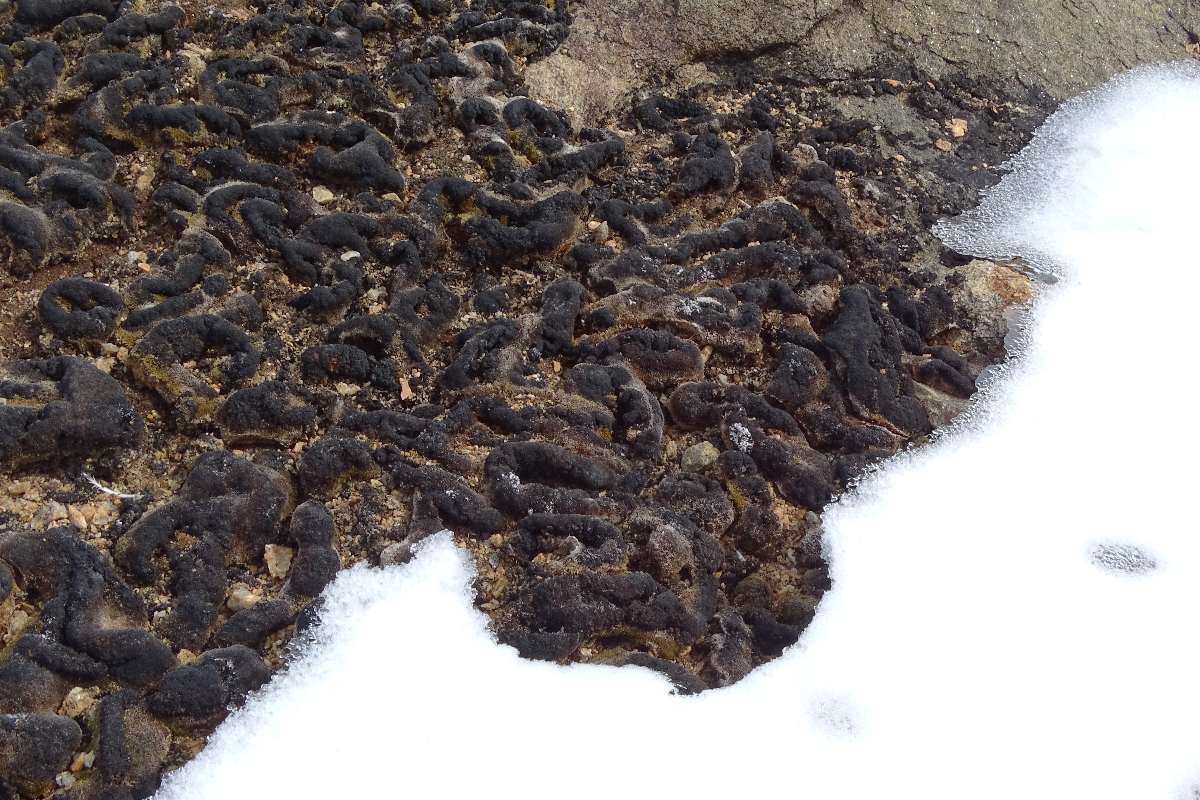
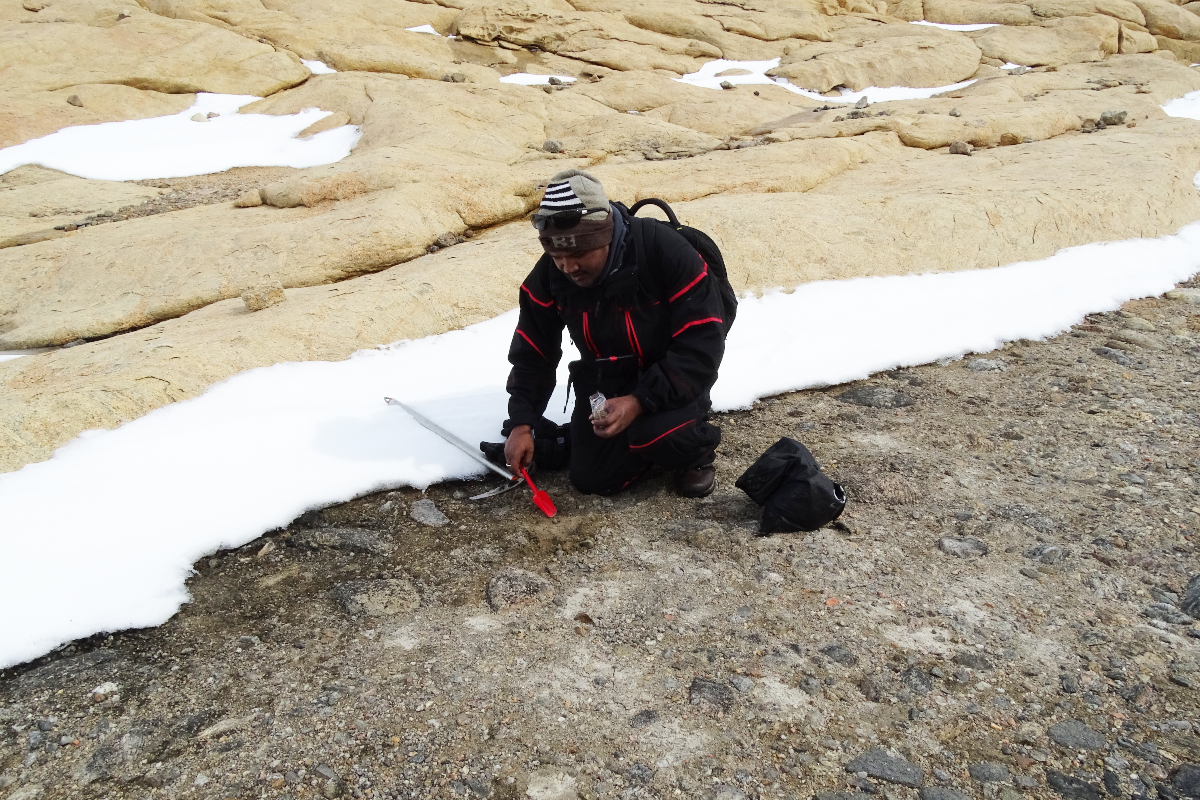
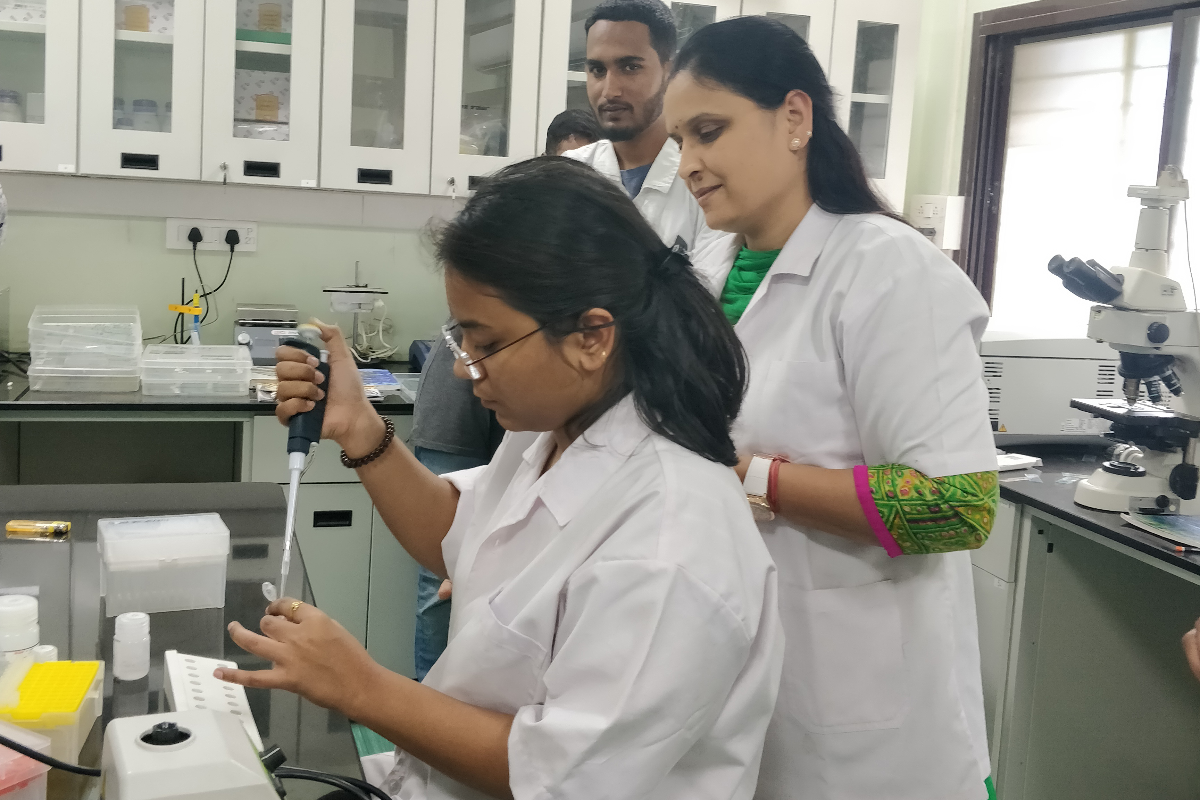
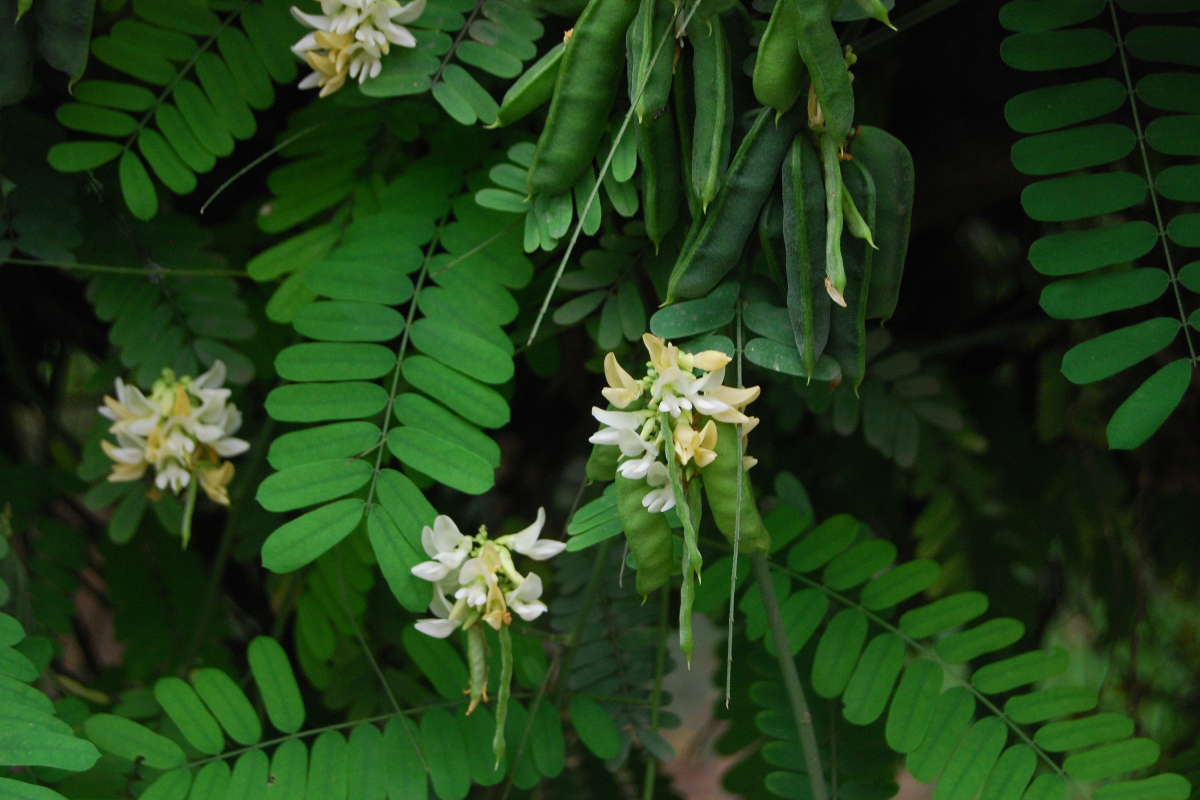
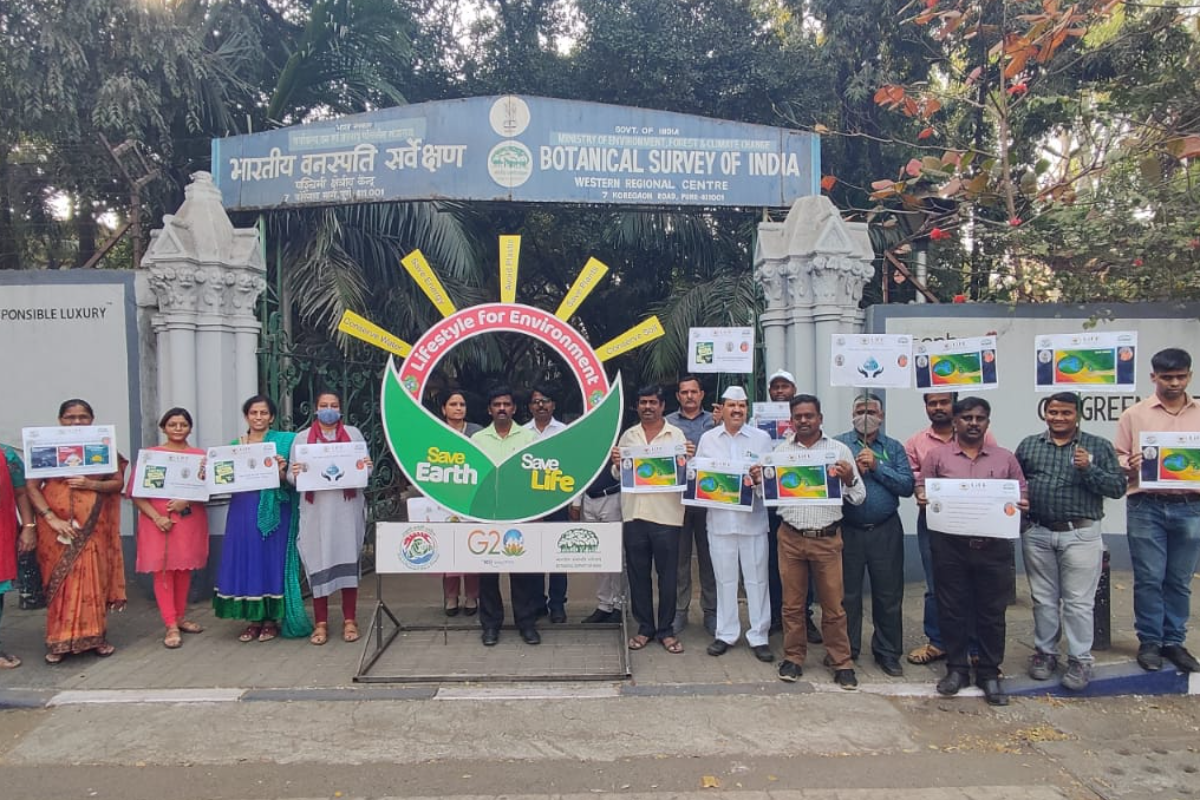
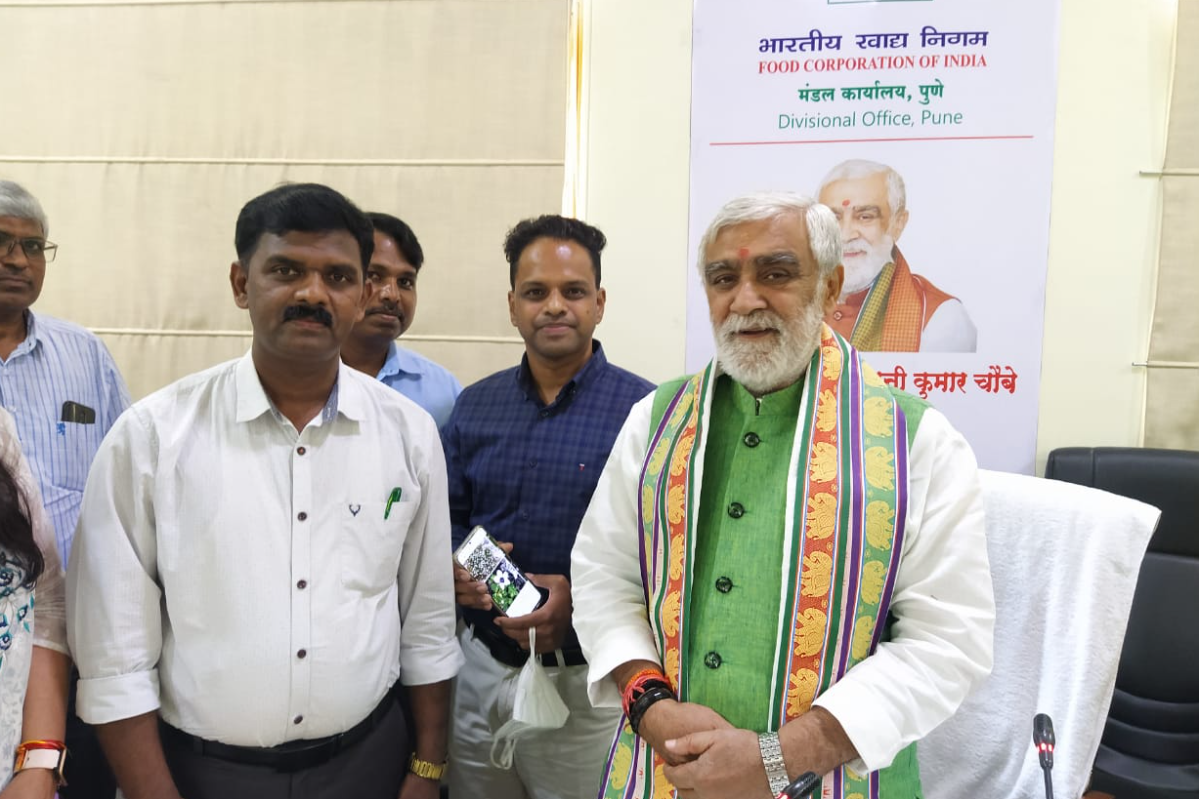
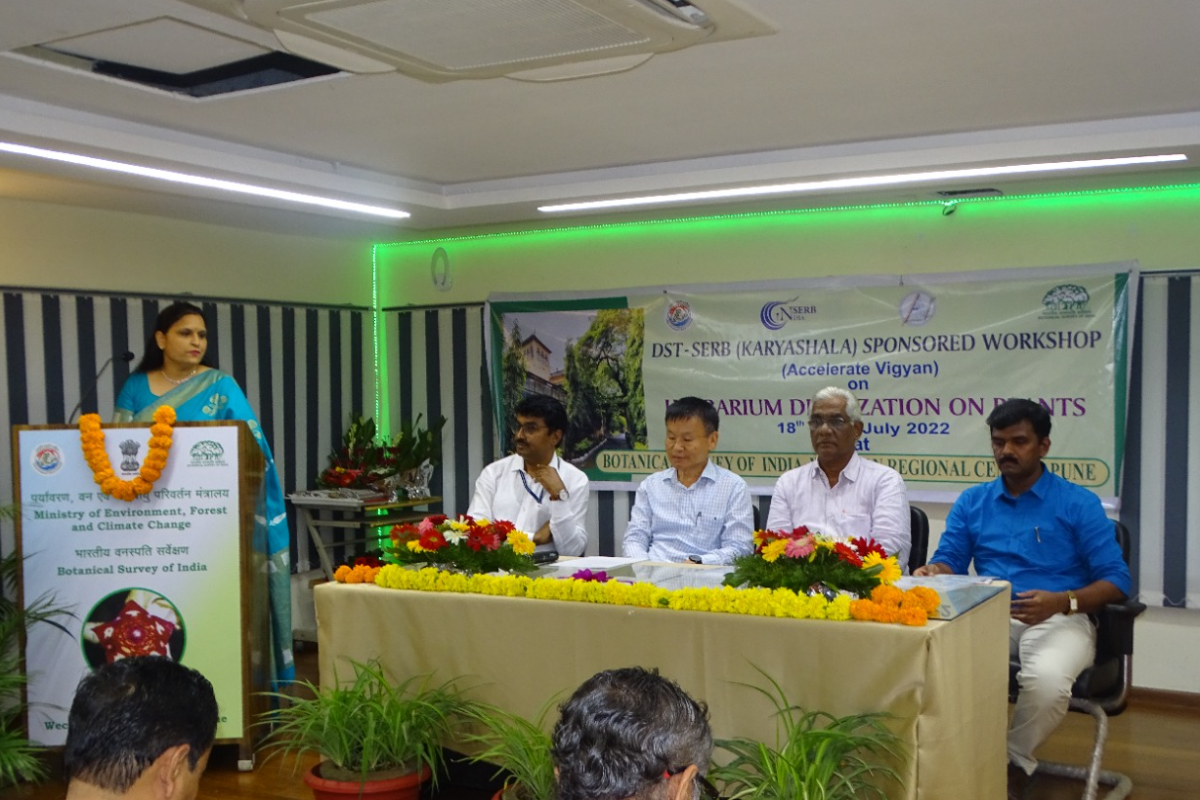
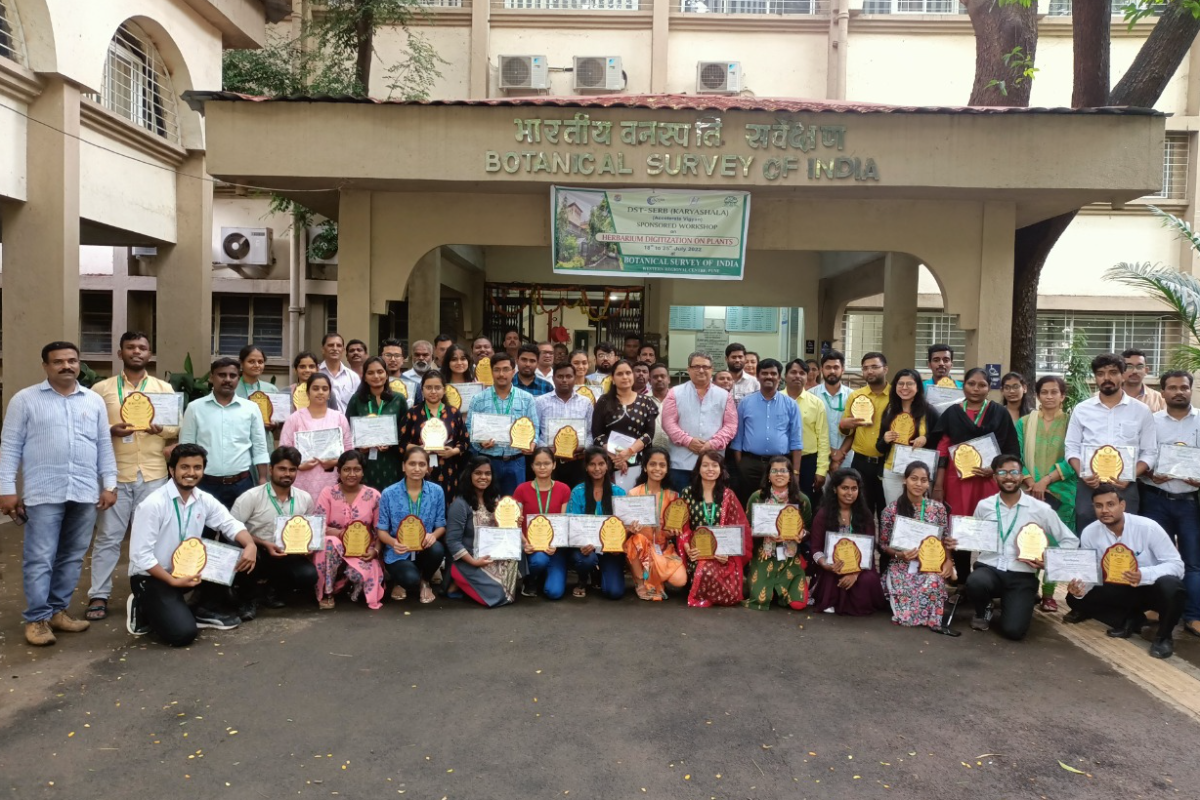
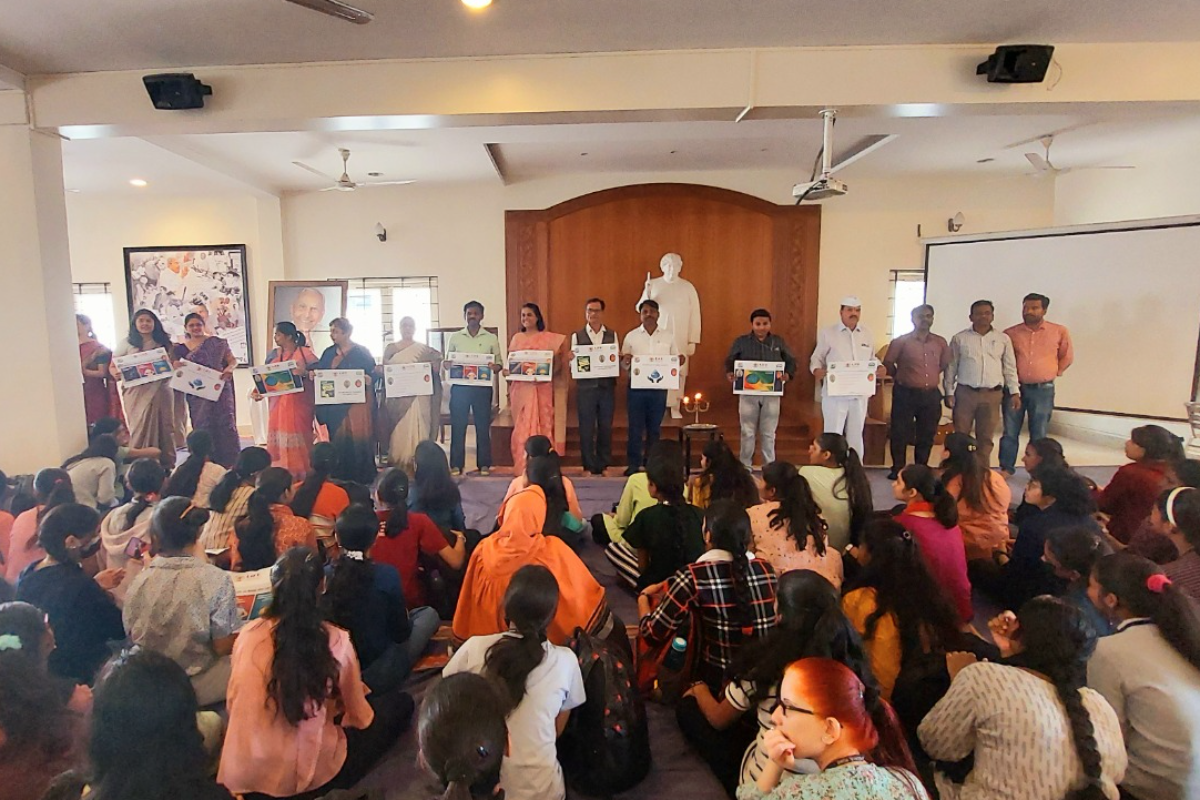
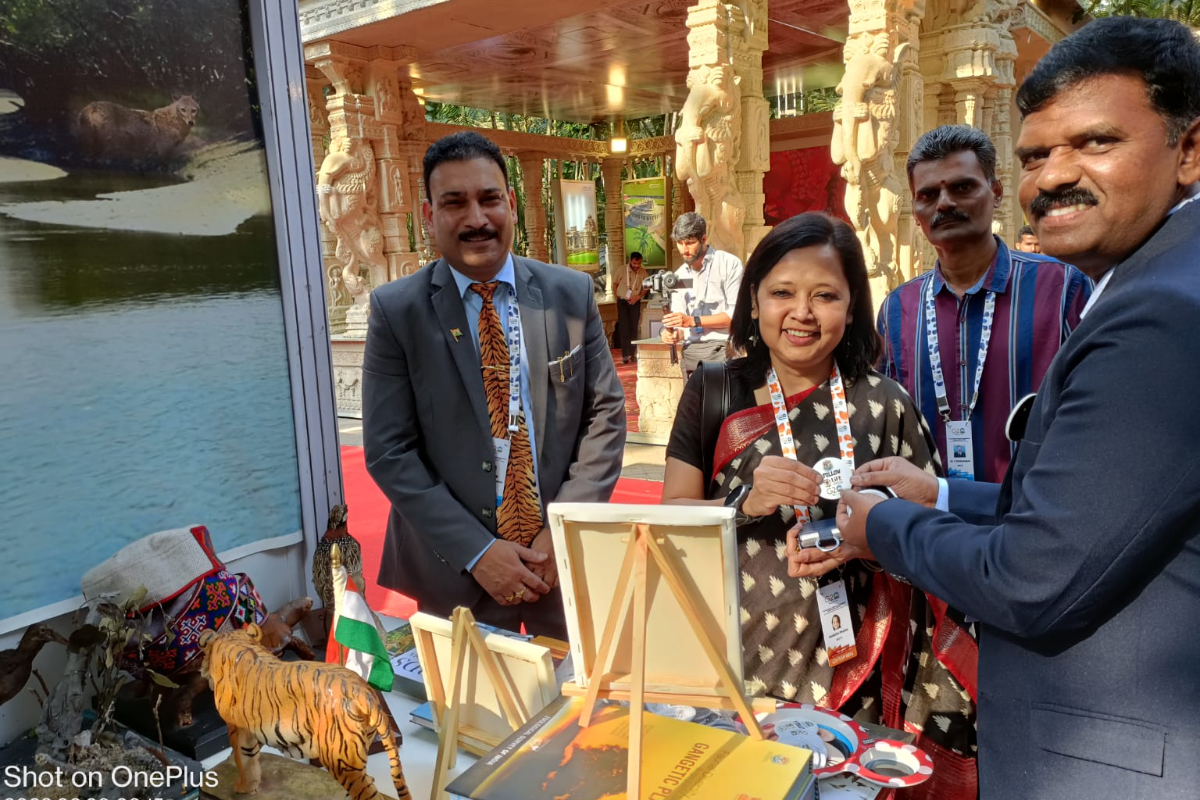
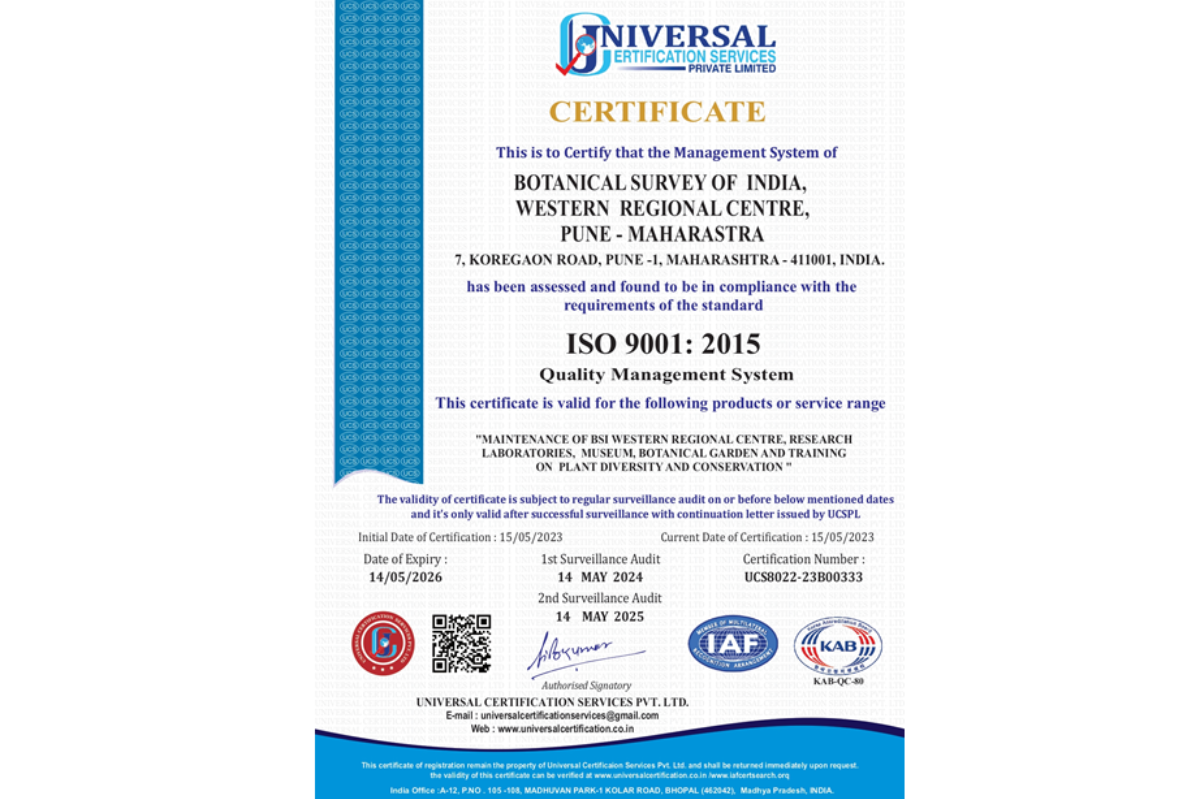
The Library of the centre houses 9846 books and journals dealing with different aspect of Taxonomy and Floristics. The Library has varied collection starting from significant classical old publications such as Coloquios des Simples (Garcia de Orta 1563), Hortus Malabaricus (Hendrik van Rheede 1678–1703), Genera plantarum (Carl Linnaeus 1737), Species plantarum (Carl Linnaeus1753), Mantissa plantarum (Carl Linnaeus 1771), Flora Indica (Roxburgh 1822–1824), Prodromus Florae Peninsula Indiae Orientalis (Wight and Arnott 1834), A catalogue of the plants growing in Bombay and its vicinity (John Graham 1834), Icones Plantarum Indiae (R. Wight 1838-1853), Icones Plantarum Asiaticarum (W. Griffith 1847–1854), The Bombay Flora (Dalzell & Gibson 1861), Prodromus Systematis Naturalis Regni Vegetabilis (A.P. de Candolle 1823–1873), The Flora Sylvatica for Southern India (Beddome 1869–1874), and Forest Flora of Bombay Presidency and Sind (Talbot 1909–1911) to modern floristic accounts comprising of National Floras, State Floras, Regional Floras, Districts Floras, Flora of Protected Areas and Fragile Ecosystems, Monographs, Fascicles, Journals, Regional topographic maps, Dictionaries, Microfiche and Reprints. All significant publications dealing with Phanerogam and Cryptogam diversity of the area of jurisdiction are also available. Research journal section of library has 52 national and international Journals dealing with different aspects of taxonomy and floristic studies.
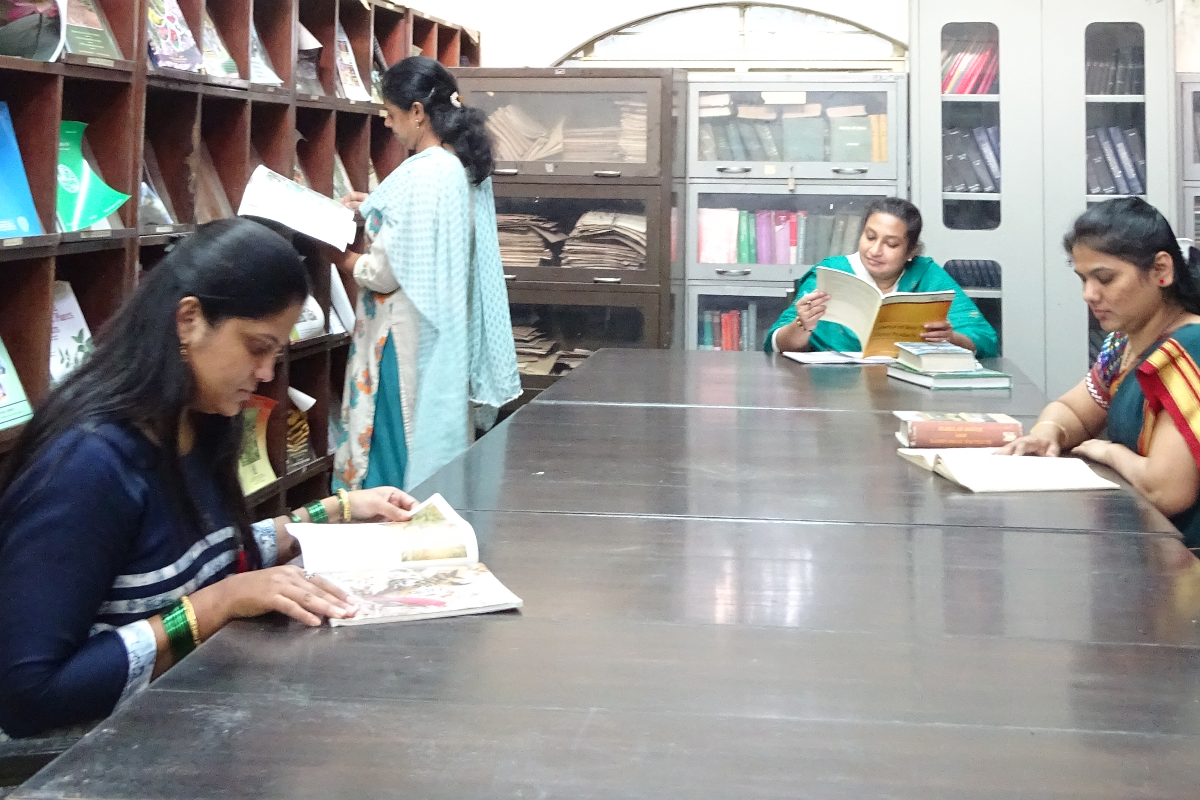
The botanical museum of Western Regional Centre showcases rich floristic exhibits in the heritage building. It displays collection of about 1000 articles including carpological materials, paintings, posters, ethno-botanical material, fossil collections and wooden artifacts. Panels depicting various plant groups, vegetation types, herbarium specimens of threatened and endangered species, poisonous plants, etc. have been displayed in the museum. Representative specimens of different groups of Algae, Fungi and Lichens are also displayed to make visitors acquainted with Cryptogam diversity of the region. Posters and antiquated portraits of different plant groups featuring floristic richness of Western Ghats Biodiversity Hotspot is wall mounted for educational awareness purpose. Notes on discoveries/novelties and contribution of several eminent scientist and scientific philosophers have been framed and displayed. Botanical painting of orchids and other plants painted with natural dyes fascinate visitors. Ethno-medicinal exhibits attract students from the field of Pharmacognosy and Ayurveda and foreign visitors. ‘Botanical Curiosity Section’ comprising parasitic, saprophytic, insectivorous plants, fruiting body of macro fungi, cones of gymnosperm, fossils and artifacts have always been a centre of attraction for school children, young visitors and enthusiasts.
